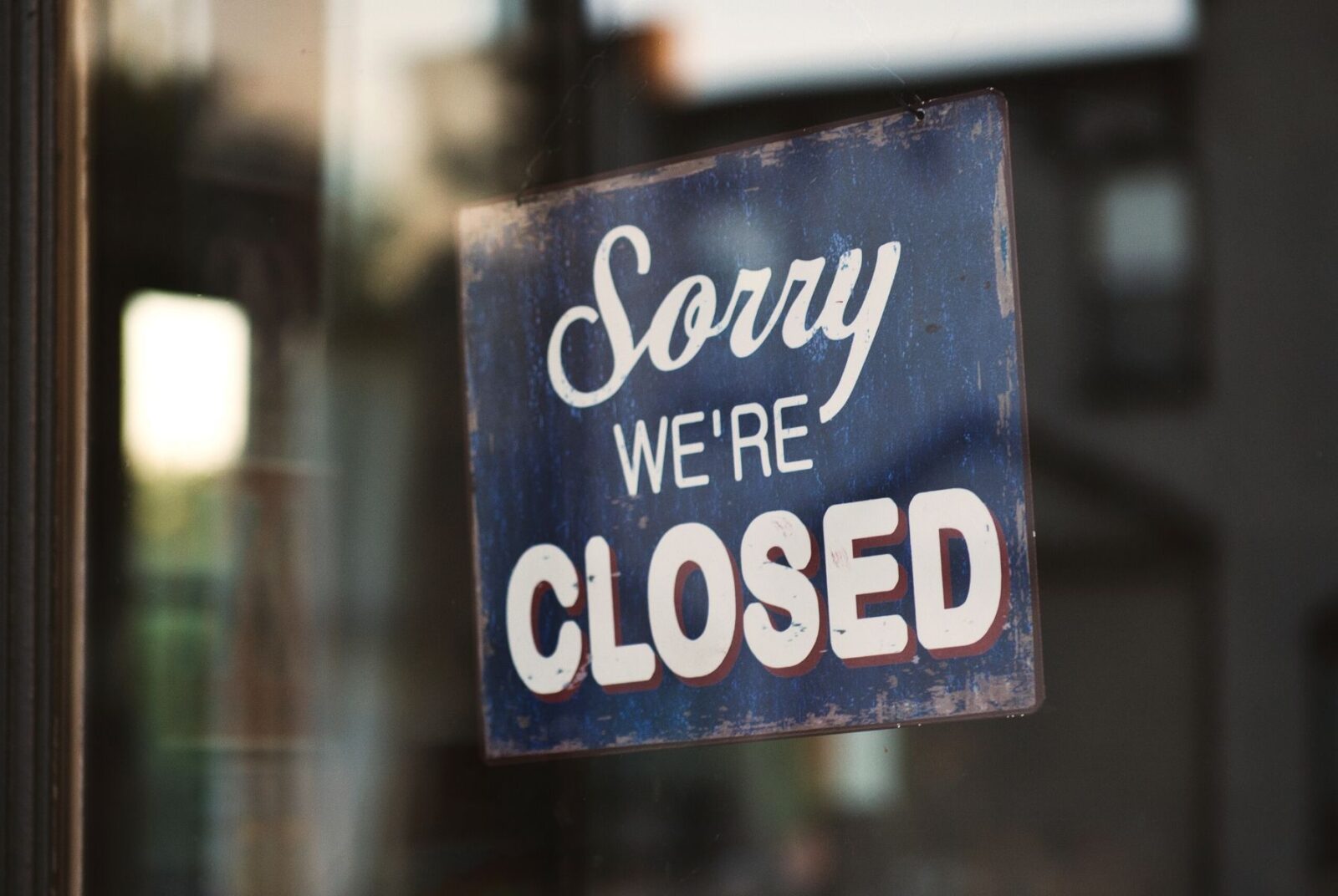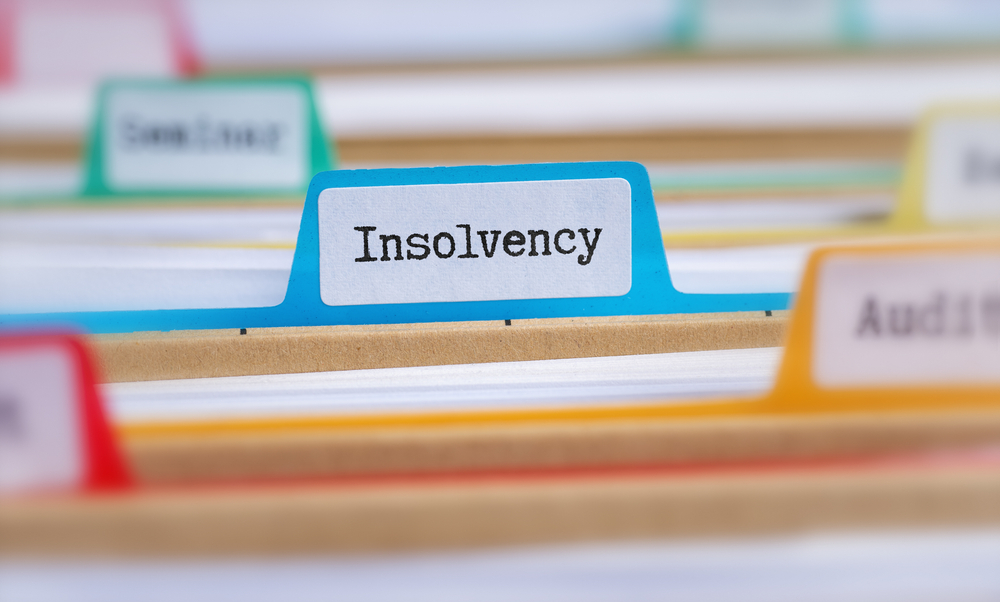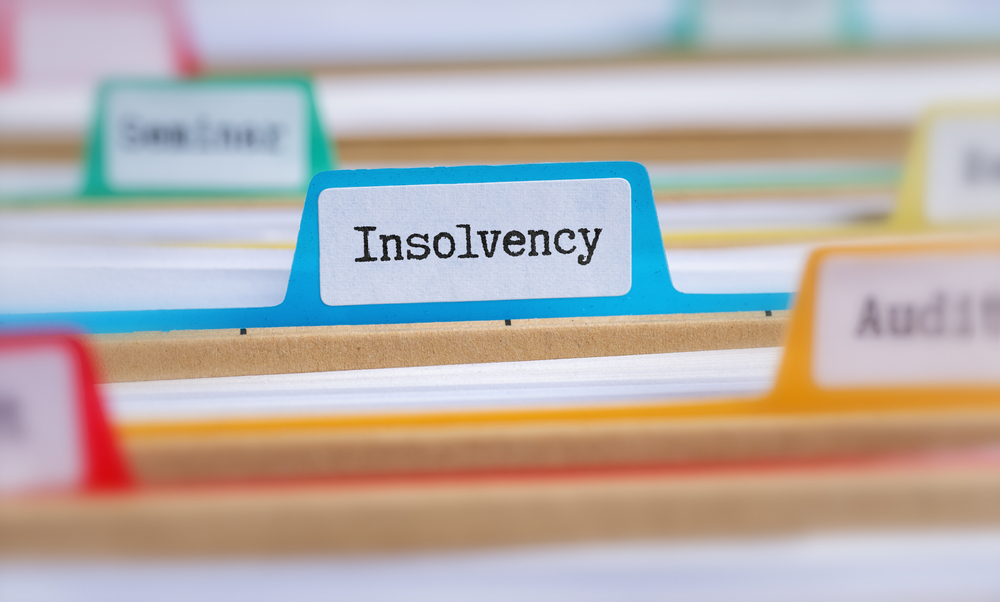
What is a Freezing Order or Injunction?
What is a Freezing Order?
A freezing order is a powerful interim injunction granted by UK courts to prevent a party from disposing of or dealing with their assets.
They were previously known as Mareva Injunctions after the landmark case Mareva Compania Naviera SA v International Bulkcarriers SA [1975], which established this powerful legal tool in English law[1]Trusted Source – Incorporated Council of Law Reporting for England and Wales (ICLR) – Mareva Compania Naviera SA v International Bulkcarriers SA [1975].
A freezing injunction is typically obtained when a claimant in a legal dispute believes that the defendant may try to hide or spend their assets to avoid paying a potential judgment. The order “freezes” the assets in place until the case is resolved.
When granted, the order prohibits the respondent from:
- Disposing of their assets
- Dealing with their assets in any way that would diminish their value
- Moving assets outside the jurisdiction
It’s important to note that a freezing order doesn’t confer any proprietary rights over the assets to the applicant. Rather, it preserves the status quo until the substantive dispute is resolved[2]Trusted Source – GOV.UK – Section 37 of the Senior Courts Act 1981.
Freezing orders are typically sought in cases involving fraud allegations, complex commercial disputes, or high-value matrimonial proceedings. However, given their draconian nature, courts apply stringent criteria when considering applications. You’ll need to demonstrate a strong prima facie case and genuine risk of asset dissipation.
Types of Assets That Can Be Frozen
Freezing orders can encompass a wide range of assets, both within the UK and internationally. The courts have considerable flexibility in determining which assets fall under the scope of these orders.
Typically, freezing orders can be applied to:
- Bank accounts and cash deposits
- Shares and other financial investments
- Real property, including residential and commercial buildings
- Personal property of significant value, such as vehicles, jewellery, and artwork
- Business assets, including inventory and equipment
- Intellectual property rights
- Cryptocurrencies and digital assets
It’s important to note that freezing orders don’t just apply to assets directly owned by the respondent. They can also cover assets which the respondent doesn’t own but has the power to dispose of or deal with as if they were their own.
The order usually allows for a modest sum to be released for the respondent’s living expenses and legal costs. However, the respondent must typically disclose all their assets above a specified value, both within the jurisdiction and worldwide, depending on the order’s scope.
What are the Requirements for Obtaining a Freezing Order?
In the UK, the requirement for a freezing order and intended to balance the applicant’s interests with the potentially severe impact on the respondent.
The key requirements are:
- A good arguable case: You must demonstrate that you have a strong underlying legal claim against the respondent.
- A real risk of asset dissipation: Evidence must be presented showing that there’s a genuine risk the respondent will dispose of or hide their assets to frustrate a potential judgment.
- Assets within the court’s jurisdiction: You need to show that the respondent has assets that can be frozen by the court’s order.
- Just and convenient: The court must be satisfied that it’s fair and appropriate to grant the order in the circumstances.
Additionally, you’ll need to provide a cross-undertaking in damages. This is a promise to compensate the respondent for any losses they may suffer if it later turns out that the freezing order shouldn’t have been granted.
It’s crucial to note that the court will expect full and frank disclosure of all material facts, including any potential defences the respondent might raise. Failure to do so can result in the order being discharged.
The Application Process
Applying for a freezing order is a complex and often urgent procedure. It typically involves making an application to the High Court, or in cases involving assets over £15 million, to the Commercial Court.
The process generally unfolds as follows:
- Preparation of evidence: You’ll need to compile comprehensive affidavits or witness statements supporting your application, detailing the grounds for your claim and the risk of asset dissipation[3]Trusted Source – GOV.UK – Part 25 of the Civil Procedure Rules.
- Drafting the order: A draft of the proposed freezing order must be prepared, specifying the assets to be frozen and any allowances for living or legal expenses.
- Ex parte hearing: Most applications are made ‘without notice’ to the respondent. This means you’ll attend court without the other party present to seek an interim order.
- Full and frank disclosure: At the hearing, you must provide complete disclosure of all relevant information, including any potential weaknesses in your case.
- Undertakings: You’ll need to give undertakings to the court, including the cross-undertaking in damages mentioned earlier.
- Service: If granted, the order must be served on the respondent as soon as practicable, along with the evidence supporting the application.
- Return date: The court will set a return date for a full hearing where the respondent can challenge the order.
Given the urgency and complexity of this process, it’s crucial to act swiftly and seek experienced legal representation to navigate these proceedings effectively.
What are the Consequences of a Freezing Order?
A freezing order has significant implications for both the respondent and third parties. Understanding these consequences is crucial for all involved parties.
For the respondent, the immediate effects include:
- They’re prohibited from dealing with the specified assets, except as permitted by the order.
- The respondent must typically provide a detailed affidavit of their assets within a short timeframe.
- While the order usually allows for reasonable living expenses, these are often tightly controlled.
Third parties, such as banks or other financial institutions, are also bound by the order once notified. They must:
- Freeze relevant accounts or assets
- Avoid assisting in breaching the order
- Potentially disclose information about the respondent’s assets
Breaching a freezing order can have severe repercussions. For the respondent, this may result in contempt of court proceedings, potentially leading to fines, asset seizure, or even imprisonment. Third parties knowingly assisting in breaching the order may face similar consequences.
How Long Does a Freezing Order Last?
Freezing orders are generally granted for a period of between 7 and 14 days. After the expiry date, the court convenes again, at which time it may choose to extend the order, discharge it, or continue it until trial.
How Much Does a Freezing Order Cost?
Applicants for a freezing order should be aware that these can be extremely time-consuming in terms of legal costs and the time required of company personnel. Applicants may also be responsible for the costs of third parties such as banks.
As such, the legal costs may be significant and rank as the biggest potential drawback to choosing this course of action.
Freezing Orders in Insolvency Proceedings
In the context of insolvency, freezing orders can be a valuable tool for insolvency practitioners and creditors. They’re particularly useful when there’s suspicion of asset dissipation or fraudulent activity prior to formal insolvency proceedings.
Here’s how freezing orders can be utilised in insolvency situations:
- Pre-appointment protection: Creditors may seek a freezing order before an insolvency practitioner is appointed to prevent directors from disposing of company assets.
- Supporting investigations: Once appointed, insolvency practitioners can use freezing orders to support their investigations into the company’s affairs, particularly where there are concerns about antecedent transactions.
- Asset recovery: Where assets have been improperly transferred, a freezing order can prevent further dissipation while the insolvency practitioner pursues recovery actions.
- Director misconduct: In cases of suspected wrongful or fraudulent trading, freezing orders can be used to preserve personal assets of directors pending the outcome of legal proceedings.
It’s important to note that once a company enters formal insolvency proceedings, the moratorium on creditor actions may affect the need for or validity of existing freezing orders. However, they remain a powerful tool in the period leading up to insolvency and in actions against directors personally.
The primary sources for this article are listed below, including the relevant laws and Acts which provide their legal basis.
You can learn more about our standards for producing accurate, unbiased content in our editorial policy here.
- Trusted Source – Incorporated Council of Law Reporting for England and Wales (ICLR) – Mareva Compania Naviera SA v International Bulkcarriers SA [1975]
- Trusted Source – GOV.UK – Section 37 of the Senior Courts Act 1981
- Trusted Source – GOV.UK – Part 25 of the Civil Procedure Rules








